As homesteaders, we’re already ahead of the curve when it comes to self-reliance and resilience. We understand how important it is to make the most of our land and resources.

Homesteaders do what we can to grow as much of our food as possible. We know how to ‘make do and mend’, we’re more in tune with the natural world, and we tend to have a strong body of core skills to fall back on.
Many of us live in rural locations and have outside growing space. And we’ve already built up our skills and experience and worked our way up to a more sustainable way of life.
Homesteading can have its challenges, of course, and it’s a lot of hard work. We spend our days waging war on garden pests, wrangling escape-artist chickens, or battling headstrong livestock.
And on rainy days, or in the depths of winter, I’m sure many of us feel the weight of all our chores.
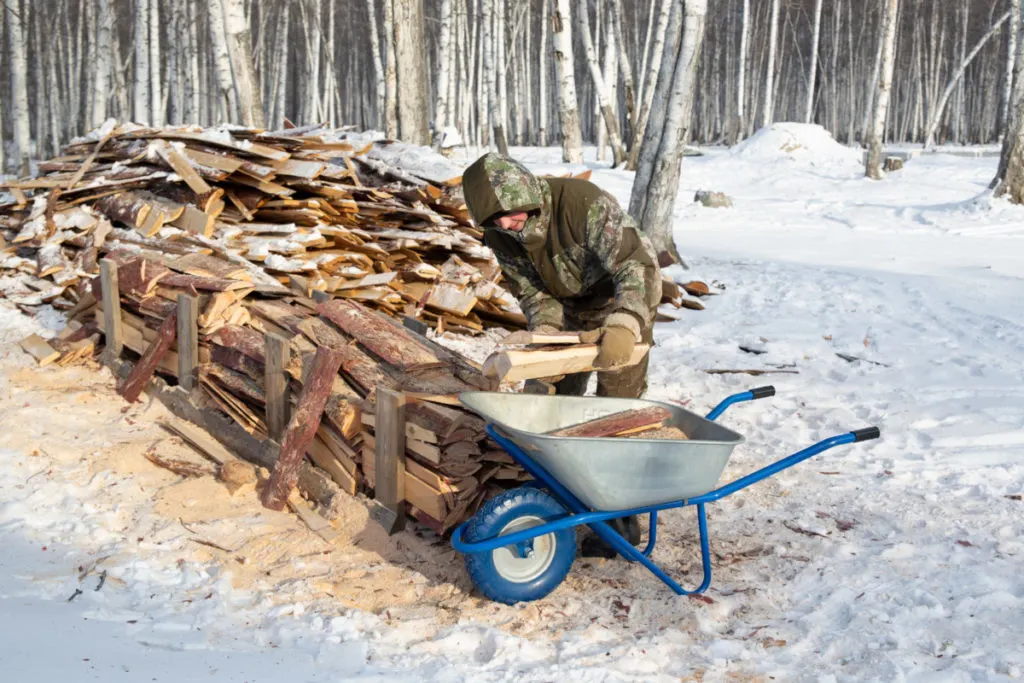
But it’s important to remember we’re very lucky too.
Not everyone finds themselves in such a fortunate position. Most of the world’s population lives in cities, and total self-reliance is out of their reach.
We all have a tendency to think about our own households and daily concerns before considering the wider world. But we each have our roles to play, and choosing to live a simpler life doesn’t always mean distancing ourselves from the rest of humanity.
What Can Homesteaders Do to Help?
When misfortune strikes those around us, be it a storm that takes out the power or the devastation of fire; as established homesteaders, we’re uniquely able to offer resources, help, and advice.

Through the simple act of reaching out a helping hand, we encourage our neighbors to begin or continue their own journey towards sustainability.
So what can we established homesteaders do to reach out to help others?
Here are a few suggestions:
Resources Homesteaders Might Offer
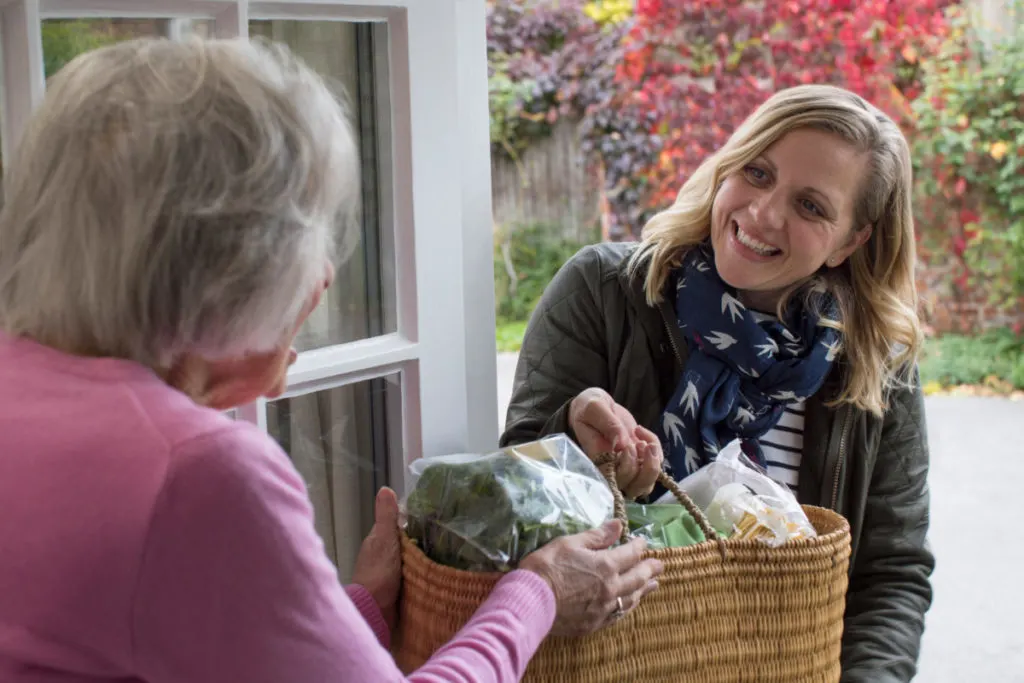
You don’t need to reach out to the entire world to make a difference. Often you can do the most good right in your own neighborhood. And there’s no better time to highlight the advantages of a self-sufficient lifestyle, than when modern life grinds to a halt.
You might:
- Show up with a gift of food – fresh eggs, homemade jam, soup, or bread are all appreciated gifts in times of crisis.
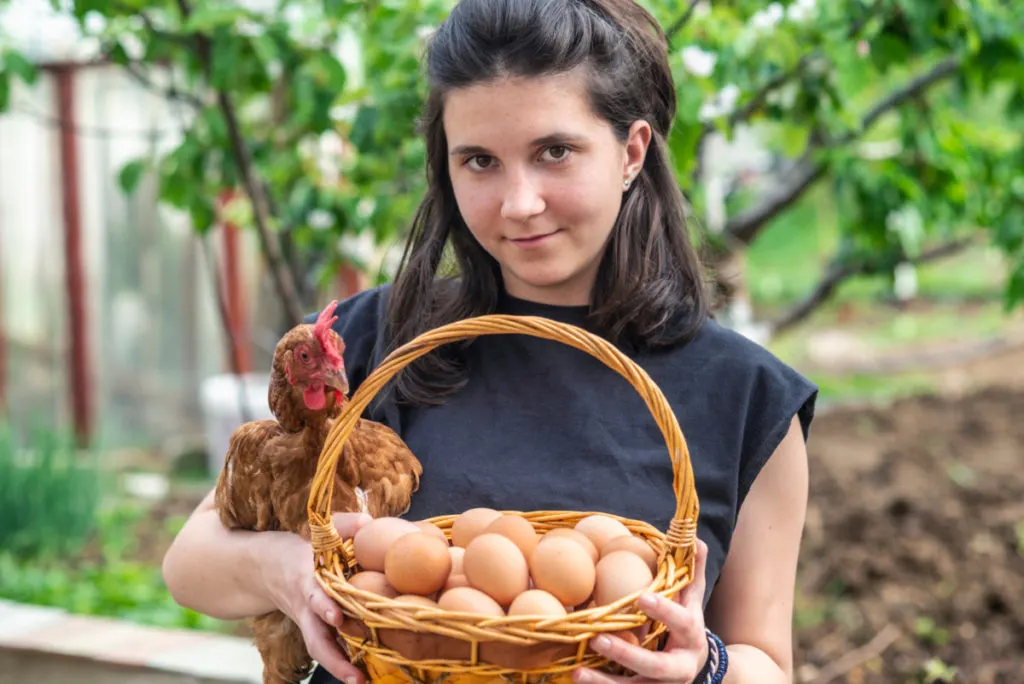
Link up with local authorities and charities to donate to food banks and soup kitchens with excess pantry stores or fresh produce.
Share your old tools, compost, seeds, or plants with those keen to start growing their own.
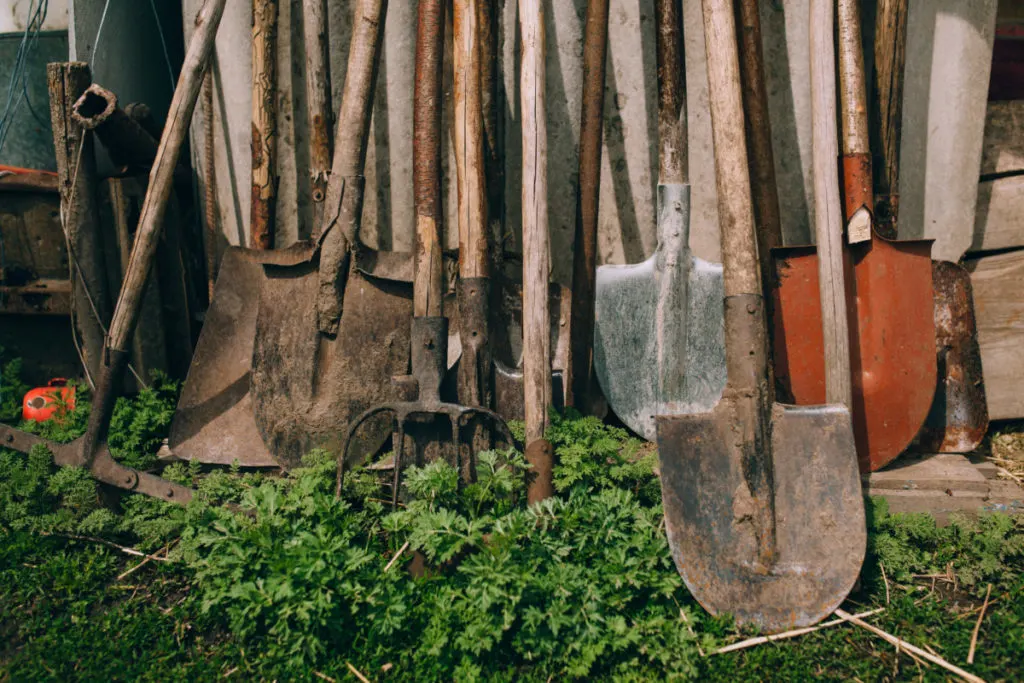
- Offer to help dig a garden or build raised beds.
- Deliver a few handmade goods in a time of need, such as a gift of hand-dipped candles in a power outage or a couple of bars of soap, or a hand-knit hat.
- And if you’re able, opening your home to a neighbor in need is a great help.
Sharing Homesteading Skills
Even when we can’t share physical resources, we can still reach out to help others online and share our homesteading skills.
We might:
- Create new blogs/ post useful content or answer people’s questions on social media.
- Make videos to show people how to grow, preserve, cook, etc.
- Start online courses and seminars for those keen to get growing.
- Set up new online community groups to help new growers/ would-be homesteaders in our areas.
Think about the skills and information that people might find useful.
Your experience as a homesteader could mean that you’re well placed to offer a lot of help. You might be able to offer information about:
- garden design/ getting started with home growing
- organic gardening and growing
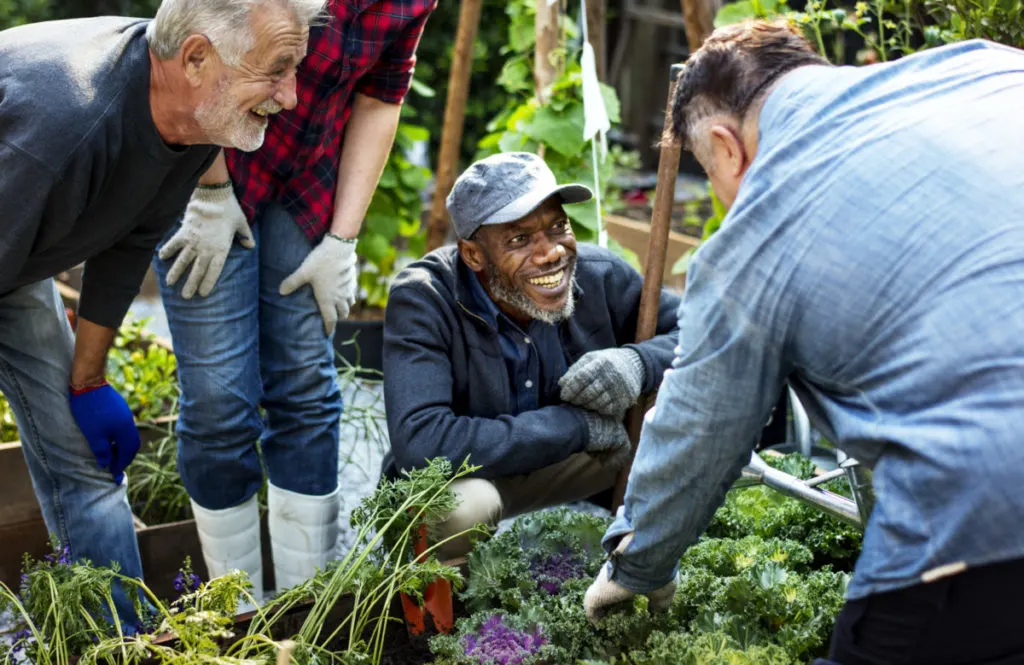
- dealing with common garden problems and pitfalls
- small-scale animal husbandry
- making the most of a harvest and preserving food
- cooking fresh and healthy ingredients from scratch
- homeschooling/ nurturing children at home
- age-old skills like woodworking, basketry, knitting, weaving, sewing, etc.
- making herbal remedies, or other items from natural plant products
- upcycling and making the most of what you already have
How can you get that kind of information out to those who need it?
Consider offering classes locally, or even just offering to spend an afternoon with someone eager to learn. It can help to have someone on hand to communicate with in real-time – someone who has specific skills and experience.
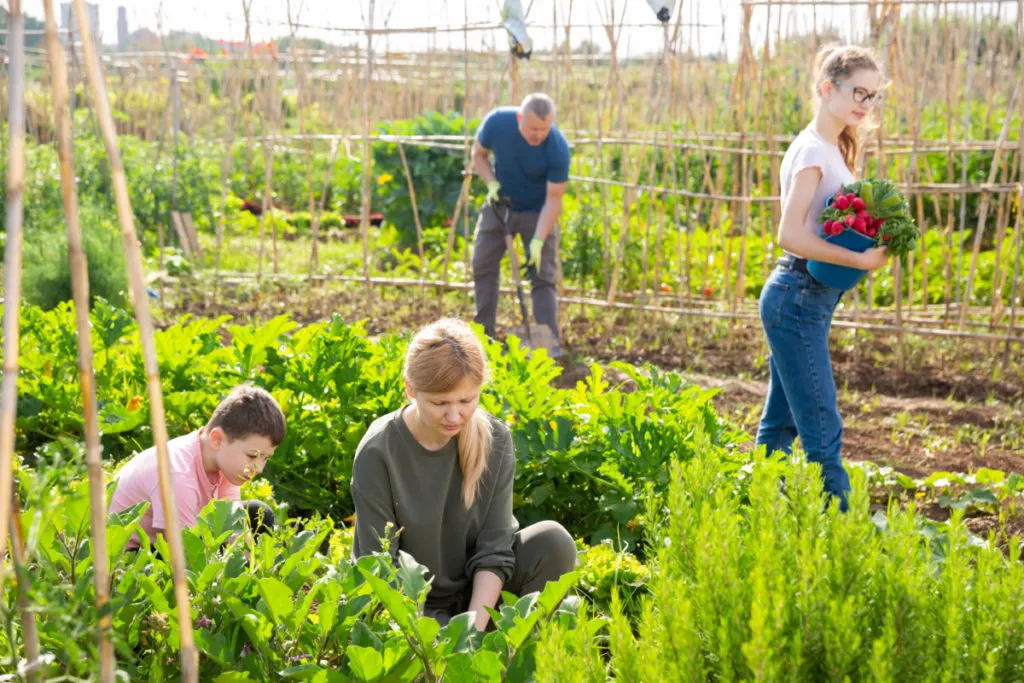
The Happy Homesteader
Don’t forget one of the most important resources we have as homesteaders – an unusual lifestyle. A look into a world other than the norm is a great way to boost morale, both locally and in an online community.
Many people are truly inspired by homesteading. They can be buoyed by what resilient and sustainability-minded people around the world have managed to do.
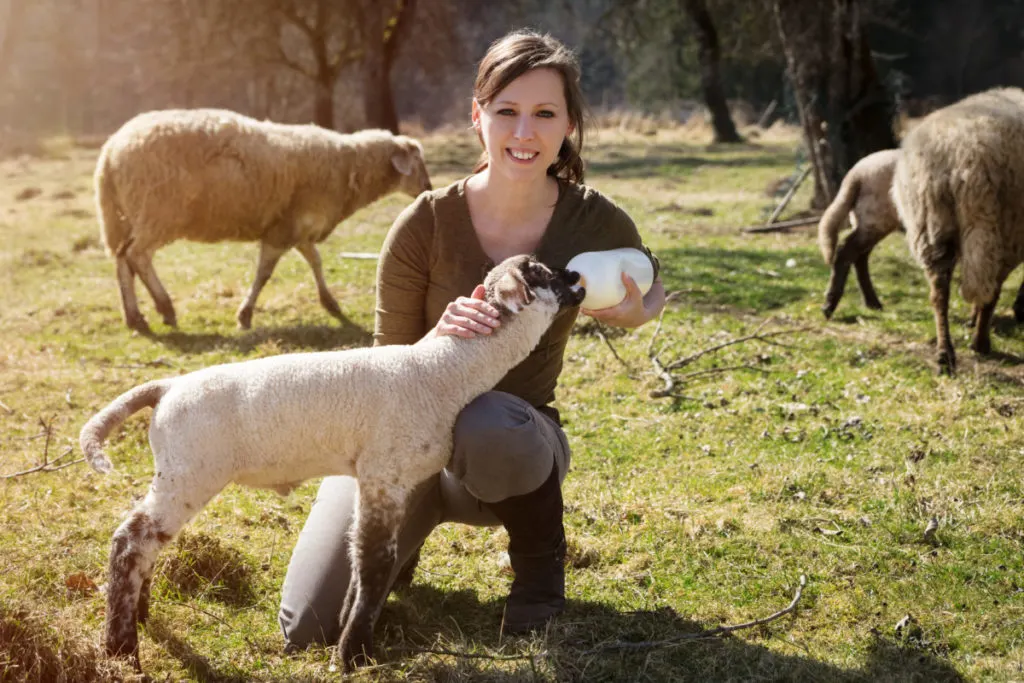
So perhaps as a homesteader your role will simply be to spread your love of nature and sustainable living out into the world. Sending out positive messages – hope for a better future – could be one more way to reach out and help others in a time of need.
- Take beautiful artistic photos or videos of your garden.
- Make art or music to lighten people’s moods.
- Show videos of animal escapades to amuse kids (and adults).
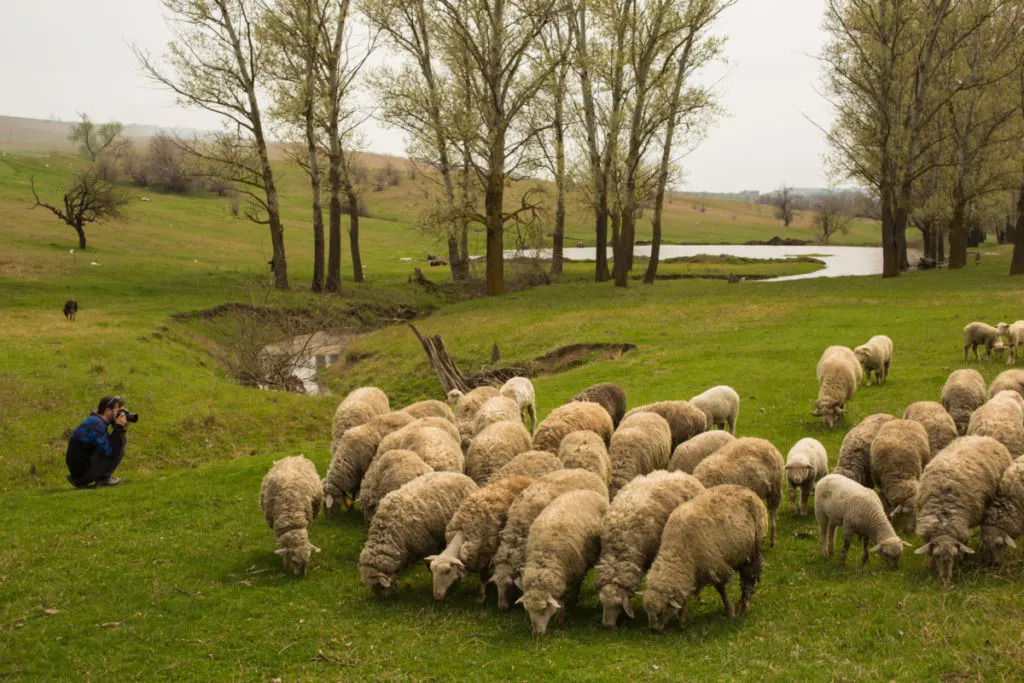
- Show people that life goes on as the seasons change, with beautiful photos or videos of your homestead.
- Write amusing posts about your trials, travails and joyous moments on your homestead.
Boosting morale is another way you can contribute and reach out to help others.
When life throws us a curveball, especially one that affects us all, it’s easy to feel overwhelmed and helpless, wondering what we can do to help. But as homesteaders, this is what it’s all about – a life of self-reliance and self-sufficiency. Living that life doesn’t mean shutting out the world, rather it equips us to be even more helpful when things get tough.

Get the famous Rural Sprout newsletter delivered to your inbox.
Including Sunday ramblings from our editor, Tracey, as well as “What’s Up Wednesday” our roundup of what’s in season and new article updates and alerts.

